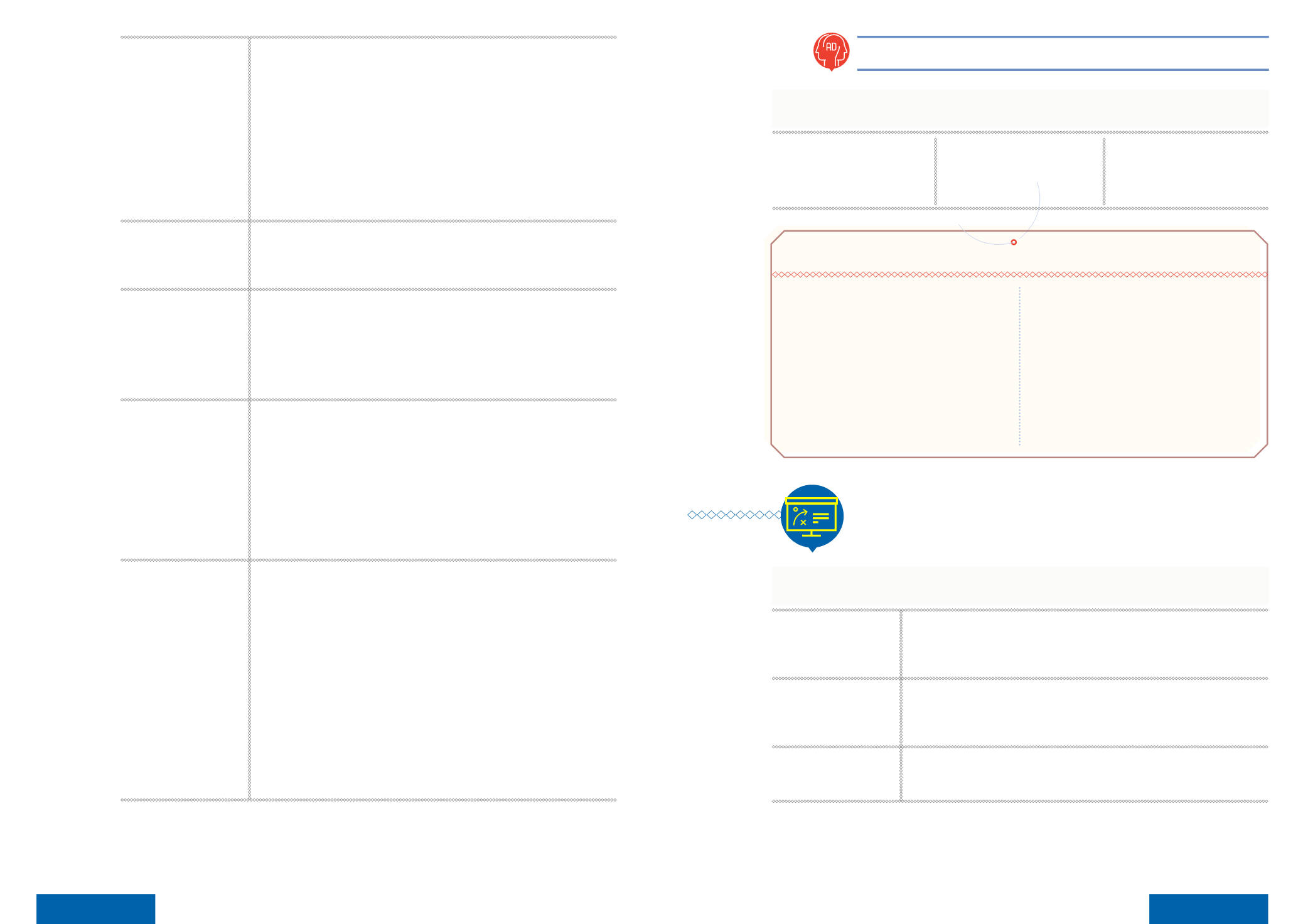
35
|
34
|
Toolkit for Competition
Advocacy in ASEAN
Toolkit for Competition
Advocacy in ASEAN
Reward and
recognition schemes:
Reward and recognition schemes are an effective way to engage staff fully in
wider advocacy efforts. Such schemes enable staff to take ownership of CPL
by recognising their contribution and the value it adds to implementation of and
compliance with competition rules. Reward schemes involve a tangible benefit
to an employee who is responsible for an idea, proposal, initiative or result that
demonstrates:
♦
Enhanced or improved procedure or process
♦
Financial saving to the organisation
♦
New or creative idea, e.g. for a campaign
Rewards are typically vouchers for local treats or experiences, or a prize that
money cannot buy.
Recognition schemes:
This are intended to acknowledge staff contributions. Typically, this is for good
customer service, successful outcomes of case investigation, a contribution
towards a special event or project, or helping a colleague. The most common
recognition scheme is Employee of the Month.
Team-building and
staff development:
Raising awareness outside of a CA can significantly enhance the effectiveness
of CPL compliance. Greater awareness correlates with greater compliance as
employees are trained to be aware of what is not competitive practice and to
know what to do in reporting it to the correct authorities. A CA should endeavor
to use every available opportunity to include CPL in staff trainings across
relevant government departments, particularly those that regularly procure
goods and services from the open market.
Printed materials:
CA should consider publishing standards when producing the following:
♦
Internal newsletters dedicated to CPL developments
♦
Placement of articles covering CPL-related developments in
specialist publications
♦
Notice boards to disseminate updates (to be placed in common areas
where staff tends to congregate)
♦
Letters and memos for official and instructional notifications
All printed materials should also be made available as soft copies on the
internet and/or intranet of a CA.
Digital
communications:
Technology has significantly increased the capacity and means to communicate
and engage with employees. The preferred method of communications will
vary within the AMS and their respective digital capacity and accessibility. The
popularity of and propensity towards using mobile and smartphones as the
first source of information should considered in planning advocacy activities.
Furthermore, the following channels are available:
♦
Intranet (internal website) to comprise a library or central repository of
information and publications; features for e-learning; updates on CA
announcements and events; internal discussion or chat platforms (informal)
♦
Plasma screens to display updates in public spaces, e.g. in reception areas
so visitors can see the messages as well (modern notice boards)
♦
Podcasts for senior management and trainers to get their message across in
a time- and cost-effective, as well as consistent manner
♦
Group text messages to notify or remind staff of an event, advocacy activity
or other news
Public information
Public information (or education) campaigns are a valued and essential component part of wider
advocacy efforts. Typical and popular public information tools include:
♦
Printed materials
(e.g. leaflets, giveaways)
♦
Broadcast
(e.g. radio and TV ads)
♦
Billboards
♦
Social media campaigns
♦
Pop-up shops / desks in malls
♦
Public meetings
The success or failure of a campaign launch is often determined by a number of contributing factors,
which should always be considered when planning and implementing a campaign launch:
Level of endorsement
and internal support:
The more senior the individual launching the campaign, the higher profile
the coverage and campaign will be. A CA should seek the highest possible
government official or identified champion to launch a competition advocacy
campaign in order to maximise the significance and success of the campaign.
Resources:
Resources assigned to the campaign launch event should reflect its
importance. It is vital to ensure there are interesting press packs, relevant
digital media to accompany statements, branded backdrops for (TV) camera
points, and refreshments for the media/attendees.
Venue:
The location and format of the campaign launch can have a significant impact
on the attendance and coverage it receives. The CA are encouraged to develop
creative and headline-grabbing ways to launch an advocacy campaign.
Top tips for
public information campaigns
♠
Provide the agency with a brief situation analysis
explaining the context in which the communications will
take place. Can a case study support the
advocacy campaign?
♠
Outline which events or actions have occurred to
create a need for the planned activity. How does this
fit with other relevant CPL advocacy efforts?
♠
Provide research on the benefits of competition to
support the rationale for the campaign.
♠
Set goals and objectives for the campaign, ensuring
they are aligned with the wider advocacy campaign goals
and objectives.
♠
Clearly state the target audience and
socio-economic grouping.
♠
Clearly state the theme and key messages.
♠
Clearly state the preferred or essential delivery
method and tools.
♠
Request and seek approval for budget.
♠
Clearly state campaign/timeline, measurement
and campaign evaluation mechanisms.
Campaign launch


